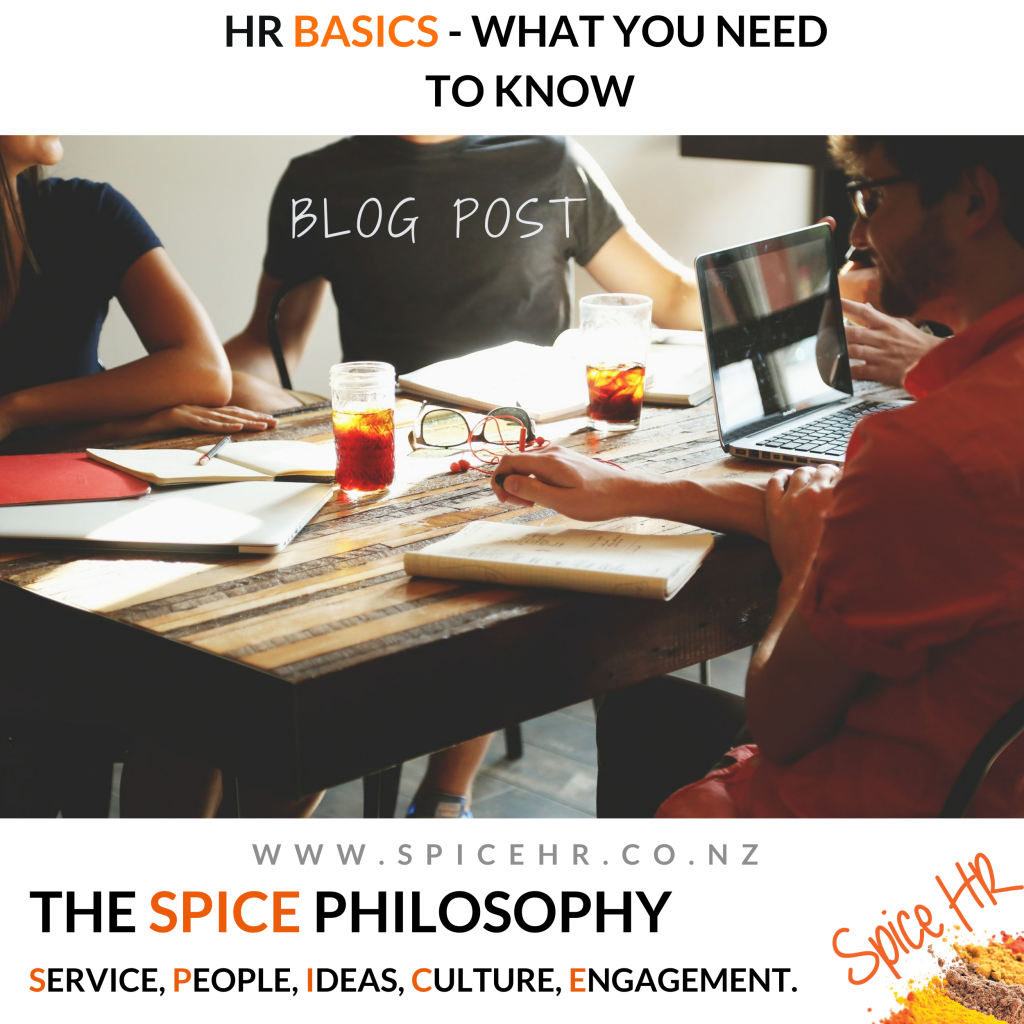
To say that it has been an interesting couple of years in business is somewhat of an understatement!
Since 2020, we have had to transform the way we work.
The global workforce has had to adapt to a unique set of circumstances and working conditions.
And as we settle into a new kind of normal here in NZ, we realise how far we have managed to come in flexibility, adaptability and agile business practices.
So, how do your team feel about it all?
Are they coping with the working conditions, has their behaviour changed and how are their interactions?
A great way to discover the answers to these questions is via employee engagement surveys. Now, you may have been conducting these before the world descended into madness. And if you were, it’s time to check if your survey questions are still relevant.
Let’s explore the benefits of employee engagement surveys and how you can conduct valuable ones at your workplace.
How Employee Engagement Surveys Help You Listen To Your Team
What Are Employee Engagement Surveys?
Employee engagement surveys are essential to the health of any organisation. They allow your team to deliver anonymous input on how they’re feeling and get any frustrations out. Team members who are struggling with something can express their real opinions.
This channel allows for honest communication, providing a true measure of team engagement.
Engaged employees are your top performers. They set the tone for everyone else, work hard, and positively portray your brand and values to customers. Other employees gravitate towards them. On the flipside, team members who may be disengaged or dissatisfied can also affect your organisation – negatively. And the longer you let their dissatisfaction simmer, the worse things can get.
Conducting regular employee engagement surveys can help you keep your finger on the pulse of your team and gives you the opportunity to make timely changes as issues are identified.
Talking And Listening: Step It Up!
Surveys are one of the best ways for you to discover how your employees are feeling.
Most businesses perform annual surveys, often alongside performance reviews. This is a good start, but annual surveys alone may not be enough to measure employee engagement. Why hold out until your scheduled annual survey, when it may be too late to change by then?
Employees change roles frequently these days, and you can’t wait months to find out you have a team-wide problem or someone who’s deeply dissatisfied at work. It’s also valuable to know what is working well in your team and how you can develop that further.
Using short surveys to take the pulse of your team members on a more frequent basis reminds them regularly that their concerns matter and keeps you up to date on how engaged they are.
The Survey – And Beyond
So, how do you get your employee engagement surveys underway and ensure they are valuable?
Firstly, you need to get your team’s buy-in about how valuable this exercise can be. You want them to see this as a way to positively contribute to their work environment rather than a time-consuming exercise! Part of that is making sure you follow through on the feedback they provide by taking action and changing things that aren’t working as they should.
Secondly, you need to include pointed questions that will give you actionable responses. Asking something vague like, “how is your work environment” could draw any number of responses. But a more specific question like, “are you feeling supported in your work environment” will provide actual data you can work with.
Think about key questions that will help your employees give you the responses you need to develop a productive and positive workplace.
Reading The Responses
There are plenty of resources available that can guide you on what to ask your team – that’s the simple part. But it’s also worth thinking about how you’ll productively use the answers they come back with.
Here are some questions to ask yourself as you review the survey responses that can help channel your survey into productive change where that’s needed.
As you’re considering your team’s feedback, ask yourself:
- How has staff behaviour and interaction changed since the last survey?
- What is your team’s wellbeing like?
- Are they feeling supported, and do they have the right processes and tools in place to be successful?
- Are we still communicating in the same ways?
- Are there more people working remotely and how can we overcome disengagement in screen-based relationships?
- Do we need more person-to-person time?
- Do we have the right support, systems, processes, tools, and communication channels in place?
Adapting To A New Climate
Chances are the recent switch to more remote work and time off for isolation or illness may have had an impact on in-person time with your team and how you communicate. Review how this is working. Your staff may need more frequent face-to-face check ins. If that’s not possible, consider how you can step up your screen-based communications to avoid any disengagement.
Consider how to handle disputes or dissatisfactions that may have come to light via the survey. The most difficult conversations are much better done in person, so ensure you find a way to make that happen. If you need to give feedback on a negative survey response, get face to face with that employee.
Keep Talking – In The Way That Suits Your Employees Best
Open channels of communication and having opportunities to speak and be heard are essential to employee satisfaction. But everyone is different. Surveying your team can also help you to understand their different styles of communication and allow you to adapt this on an individual basis to get the best results.
Want some advice on conducting employee surveys – how, when and what to ask?
Ask the Spice Gals! We support small and medium businesses with friendly, helpful support on all things employment related. Give us a call today!

